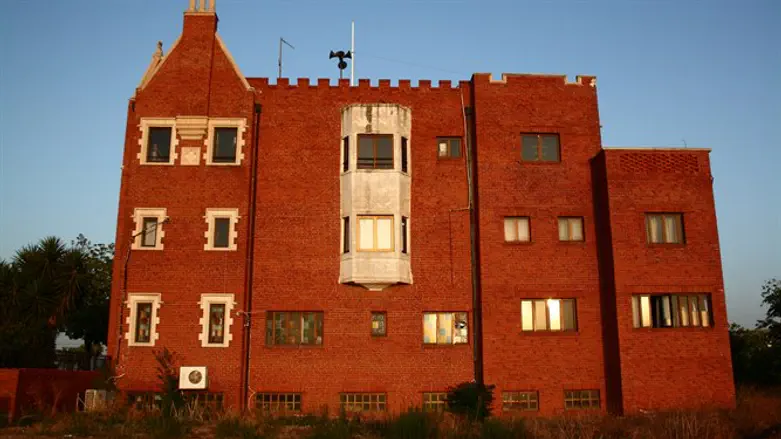
The Chabad movement marked the 65th anniversary of the horrific massacre at Kfar Chabad at the hands of a fedayeen terrorist squad that entered Israeli territory from Egypt.
The attack took place at the local vocational school founded just a few years earlier on the evening of Wednesday, April 11, 1956.
According to Chabad.org, after the terrorists had entered the fledgling village settled by Russian refugees fleeing the embers of the Holocaust, they cut electricity to the synagogue where three teachers and 50 [children aged 9-16] had been reciting the [silent evening prayer.] "Suddenly, the lights went out—the fedayeen cut the electricity—and gunshots exploded through the synagogue doors..," recalls one of the onlookers.
They began shooting indiscriminately, killing five children and an instructor. An additional five were hurt in the attack; with three hospitalized with serious wounds. By the time word of the ongoing calamity had made its way to the village men, the terrorists had made their escape.
"The school’s director, Reb Yeshayahu Gopin, was throwing children out the window so they could get out until the storm passed...We had no idea if the terrorists left..."
When the light came back on, a guide and four students who had been hiding behind the door at the time of the attack were found laying dead in puddles of blood, and five were left seriously injured. Only an hour later did rescue forces arrive to evacuate the wounded to the medical center in Tzrifin.
"Simcha Zilbershtrom, 24, and students Nisim Assis, 13; Moshe Peretz, 14; Shlomo Mizrahi, 16; and Albert Edery, 14, were declared dead at the hospital. Amos Uzan, 15, died two weeks later. Many more children were badly injured."
Three days after the attack, chief rabbis of Israel Rabbi Yitzchak Isaac Halevi Herzog and Rabbi Yitzchak Nissim visited the village to pay their condolences and strengthen the remaining residents.
At first some were reluctant and thought of leaving the area, but at the end of the mourning period, the Lubavitcher Rebbe declared a fast to mark the tragedy and encouraged residents to continue investing in the town.
Shortly after the attack, the Rebbe sent additional emissaries to further strengthen the locals' morale.
The Rebbe continued investing tremendous efforts in the development of the Chabad stronghold. Today, Kfar Chabad is home to about 2,000 families and thousands of students come to learn at the yeshiva every year.
The Chabad movement has become one of the leading factors in Israeli society and the Jewish world at large. Many credit the movement with influencing hundreds of thousands of Jews who have returned to their traditional way of life.
The Chabad Youth Movement has a chapter in just about every neighborhood across the State of Israel with about 1,000 emissaries and their families alongside 120 schools, many of which are open to the public at large.
Rabbi Yosef Yitzhak Aharonov, highly regarded by the Israeli public, heads the movement in the country, being honored on multiple occasions by governing bodies.
There's no doubt that the horrible massacre and the revival that followed in its wake, encouraged by the pure will of the Lubavitcher Rebbe, is a story of Jewish endurance that will continue to inspire future generation.